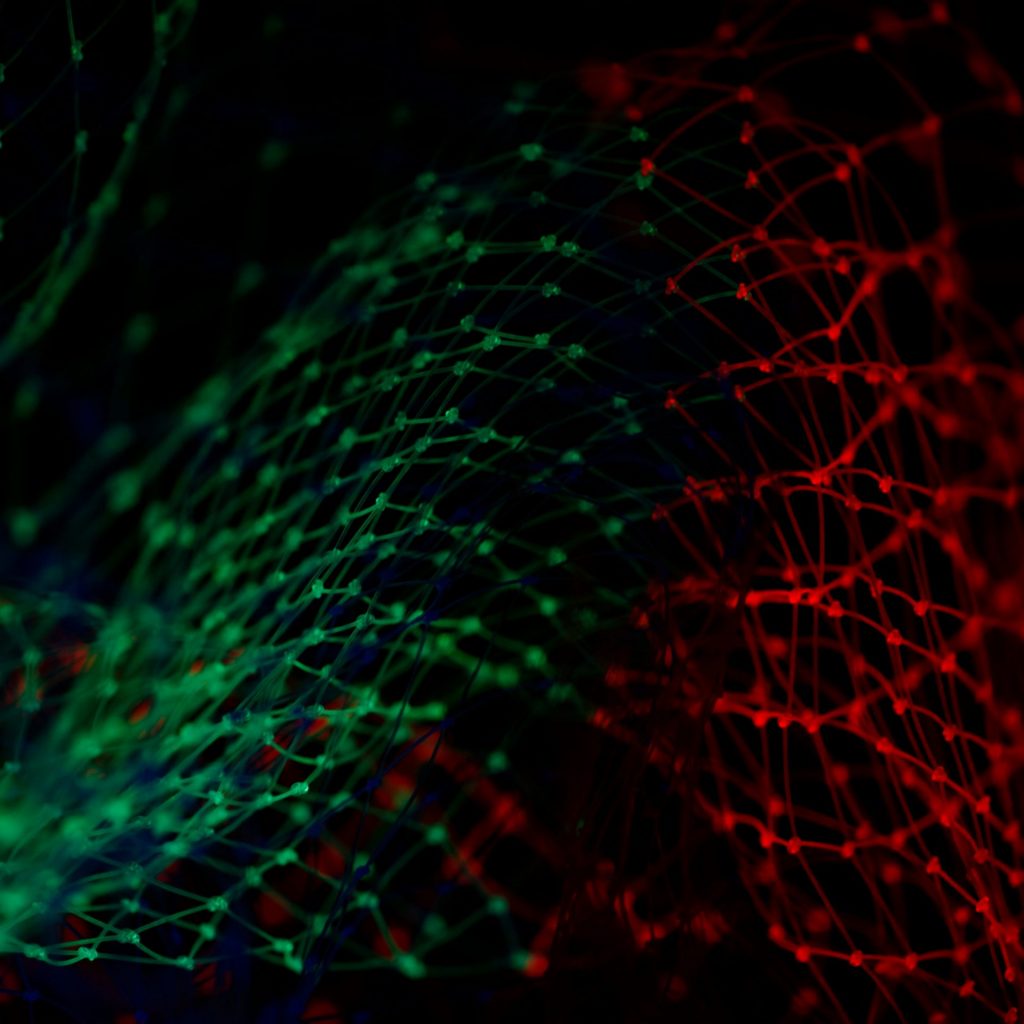
- This event has passed.
Caleb Weinreb (Harvard Medical School), “A Seconds-Long Timescale in Naturalistic Behavior Structures Neural Dynamics”
4 July, 2024 @ 10:00 am - 11:30 am
A core task of animal cognition is to carve the world up into relevant contextual states – based on sensory input, internal drives, and awareness of one’s own recent behavior – and then hold these state assignments in working memory as guides for action and anchors for learning. By training animals to perform asks with well-defined contextual states, researchers have homed in on prefrontal cortex (PFC) as a critical node for such contextual state inference. But these tasks are a poor approximation of real life; rather than engaging in a single well-defined task, free animals define their own tasks and engage in them dynamically over time recognizing contexts that emerge naturally from their own interactions with task affordances. A core question in neuroethology is which specific “task states” emerge in a given experimental setting and how they structure neural dynamics, including in PFC. We took advantage of motion sequencing (MoSeq) — which uses 3D pose tracking and machine learning to segment behavior into sub-second motifs or “syllables” – to understand how mPFC activity coevolves with behavior across multiple timescales during unconstrained social interaction and solitary exploration. We find mPFC activity correlates strongly with ongoing behavior, and that these correlations are most parsimoniously explained through an underlying manifold of behavior states that evolve on a timescale of seconds. The behavior states influence not only which PFC neurons are active, but also which variables are most strongly encoded. We also find that the composition of states is labile and propose that it emerges predictably from the number and salience of affordances in the animal’s environment.
This talk will take place in person at SCIoI.
Photo by Pietro Jeng on Unsplash.





